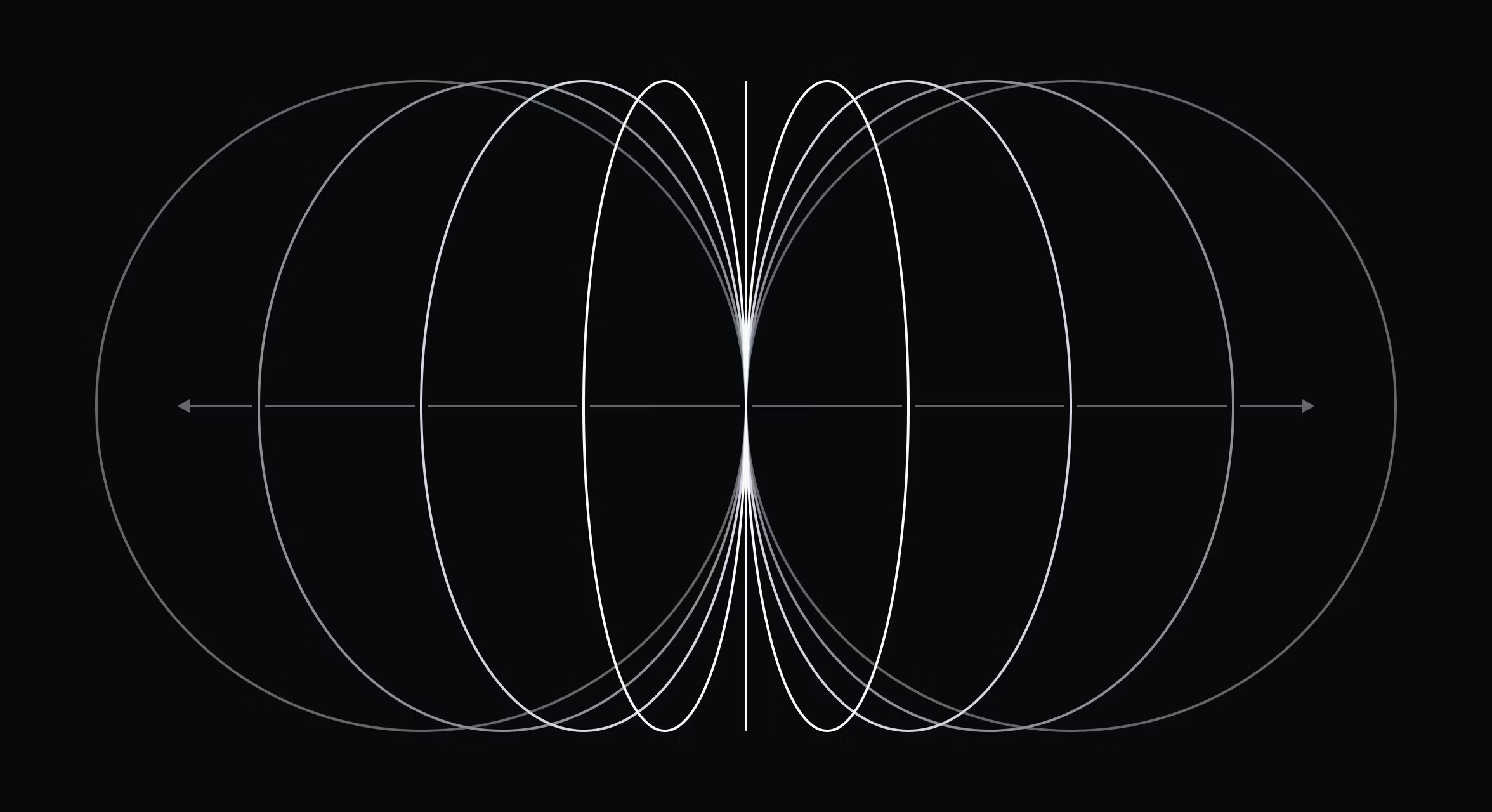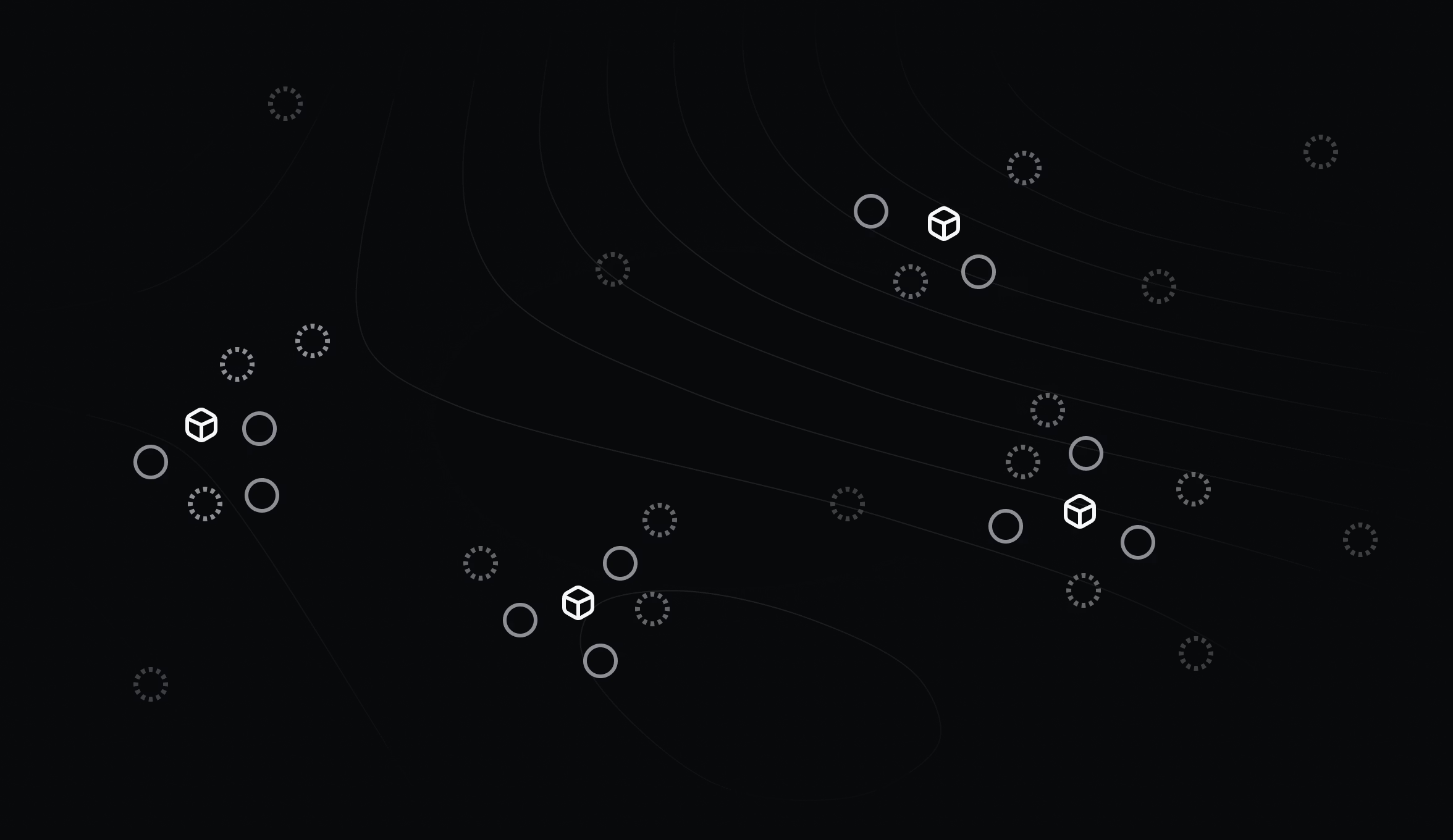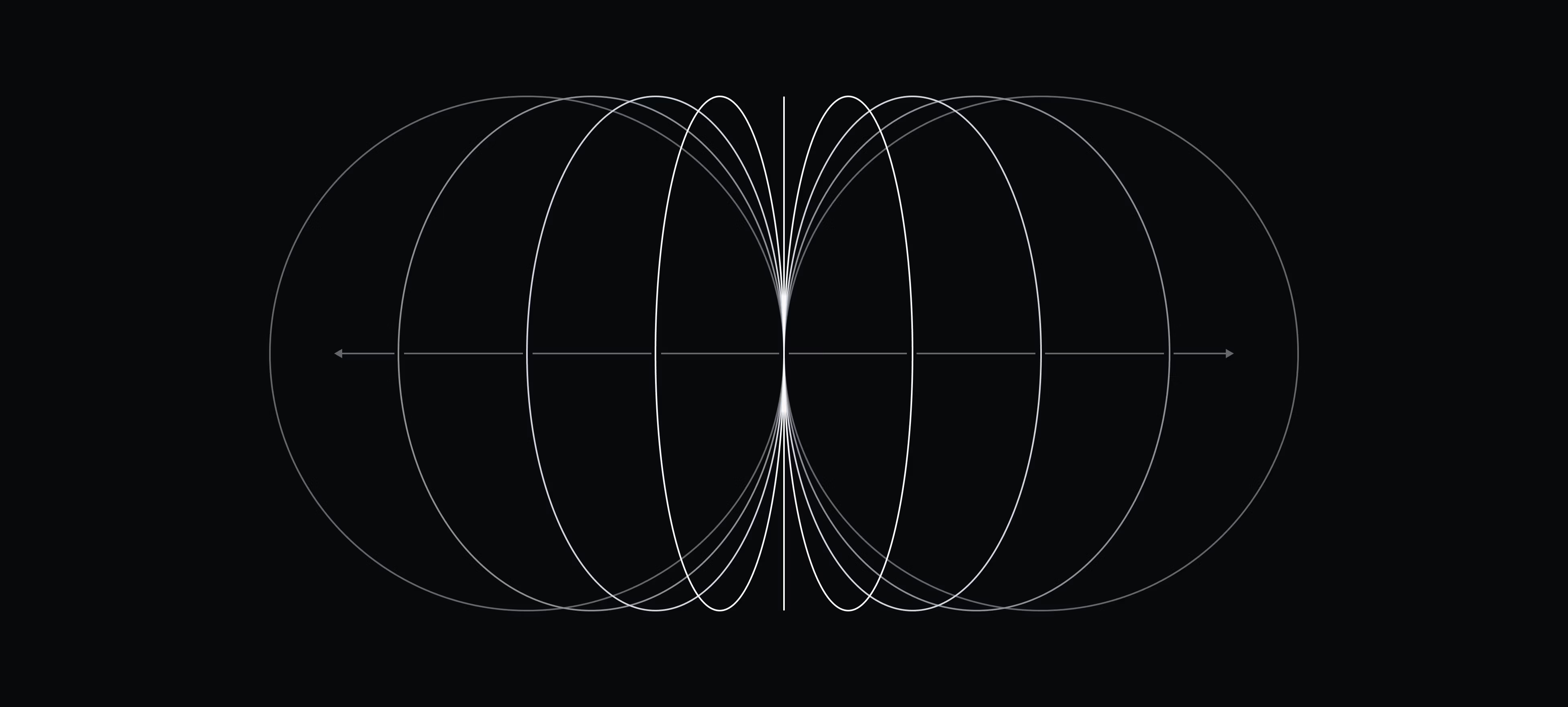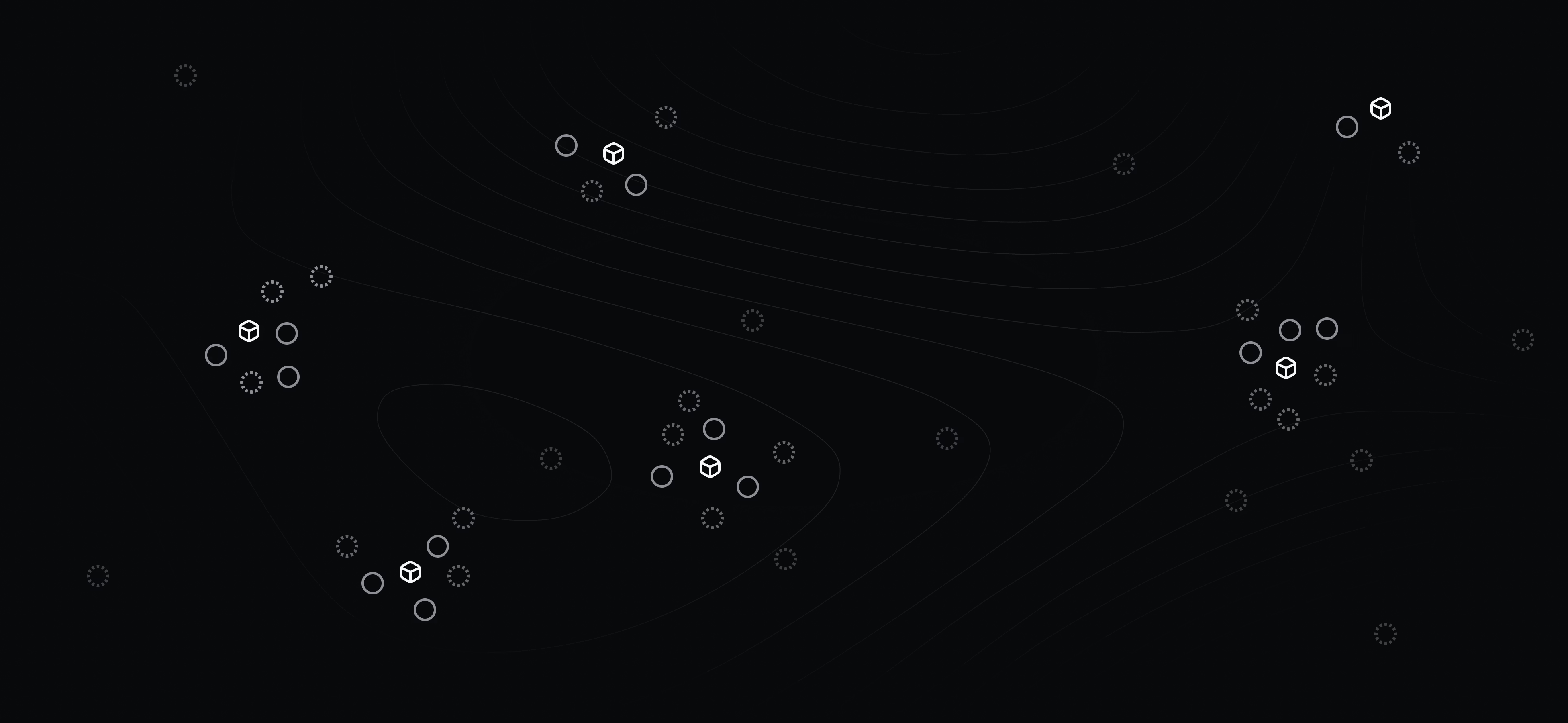Continuous planning in Linear

Product planning is a fresh start for your product team. It should feel energizing and full of possibility. After all, it’s a rare opportunity to step back from the churn of daily activity and recalibrate your efforts in the most meaningful directions.
But in practice, it often creates a kind of whiplash when you shift abruptly from deep execution to high-level strategizing. Gathered in a room, staring at a blank page, it’s natural to wonder: Now what do we do?
An obvious place to turn is all the customer notes you’ve collected over the past quarter. But typically those are scattered across different surfaces and recorded at wildly different levels of abstraction: some customer requests are extremely specific—a small feature tweak—while others are sweeping statements about product direction. It’s hard to assemble mismatched building blocks into a coherent plan.
Our answer to these pitfalls is a process called continuous planning. It’s how the product team at Linear plans, and it’s a workflow we’ve designed the Linear application to easily facilitate.
Instead of organizing through a disordered pile of customer notes every few months, continuous planners organize ideas into candidate projects as they arrive (and as of 2025, use AI to maintain them and keep them up to date). These projects form the center of gravity for both planning and execution. They are the most granular level an organization’s leadership can be expected to reason about, and they are the highest level concept that contributors are expected to think about on a day-to-day basis.
It’s an approach that alleviates the pressure of a blank page and the recency bias that can compromise planning. Under continuous planning, you’ve been accumulating and organizing ideas all along, so that by the time you actually sit down to map your team’s work for the next quarter, a well-vetted list of possibilities is already waiting for you.
Organize your backlog around candidate projects
Project ideas can originate from all sorts of places within your company and from customers. They can arrive via Slack, support tools, sales calls, hallway chats, or even public exchanges on social media.
Wherever the ideas originate, the key is to funnel them into a central location for processing in a structured, predictable way. At Linear, we send all feature requests to the triage queue of the product management team.
As a quick aside: It’s important to have separate workflows for feature requests and bugs. Bugs describe how your product doesn’t work as intended and are prioritized by severity. Feature requests describe how your product might work in the future, and are prioritized through your continuous planning process.
As ideas come in, patterns will start to emerge. They could be overlapping requests for specific features, or feedback around common problems users are facing.
Once a pattern takes shape, we’ll create a candidate project against it. The project serves as a gathering place for user interview notes, related feedback, and additional requirements that we discover as we continuously develop a more refined understanding of what we’d need to build.
AI increasingly assists with this work. In particular, we use our intelligent triage suggestions to reliably identify when a new idea or request is related to, duplicates, or just broadly belongs in the same project as existing issues.
In this way, little by little, piece by piece, discovery happens all across the org. The result is an emergent map of the product landscape, with candidate projects as its main landmarks.

Promote candidates into priorities
When entering into a planning cycle, a well-organized list of candidate projects might be all it takes to form a roadmap—just select the top few and go.
However, companies will also often have a structured goal-setting process to set strategy and ensure alignment. This could be a set of specific product themes or formalized systems like OKRs. Within the Linear app, those company goals are represented as initiatives, which can be nested into each other to closely model whichever system you employ.
When it’s time for the product team at Linear to plan, the first thing we do is order our candidate projects by the number of associated customer requests and their revenue impact. From there, we’ll pick and choose based on the highest impact candidates, our goals for the quarter, and any calculated bets we want to make.
We promote the projects that we want to take on by assigning them a priority:
- High (must do)
- Medium (should do)
- Low (nice to have)
- No priority (won’t do this quarter)
By starting from a prepopulated set of well-developed candidate projects, we’re never panicked to fill a blank page. This ensures that we're not just examining the first things that come to mind or being overly affected by recency bias.
The output of the planning process is an extremely legible list of projects to undertake that have each been vetted, thoroughly considered, and prioritized.
Continue to use projects to track progress and manage work
Once you've decided which candidate projects to act on, the transition into execution is smooth. Projects seamlessly become the interface for executing on what's been planned.
For leadership, projects are a clean handoff point to individual teams. They answer the question: What do I want the teams to be working on?
For individual teams and contributors, projects answer the inverse question: What should I focus my attention on? They create issues and sub-issues within the project to define their daily work.
Then, as the work proceeds, project updates from team leads keep planners and leaders closely in touch with how things are going.
The key to continuous planning is there’s never a need to translate between discovery, planning, and execution: projects are the universal vocabulary. You develop them organically as you triage ideas and requests; you prioritize them in your planning cycle; you use them to guide daily execution and management.
And then, when it’s time to plan again, you return to your evolving list of candidate projects and the wheels continue to turn. No sharp breaks. No staring at a blank page wondering what to build next.
Instead, just the steady, uninterrupted process of finding and realizing your best ideas.

